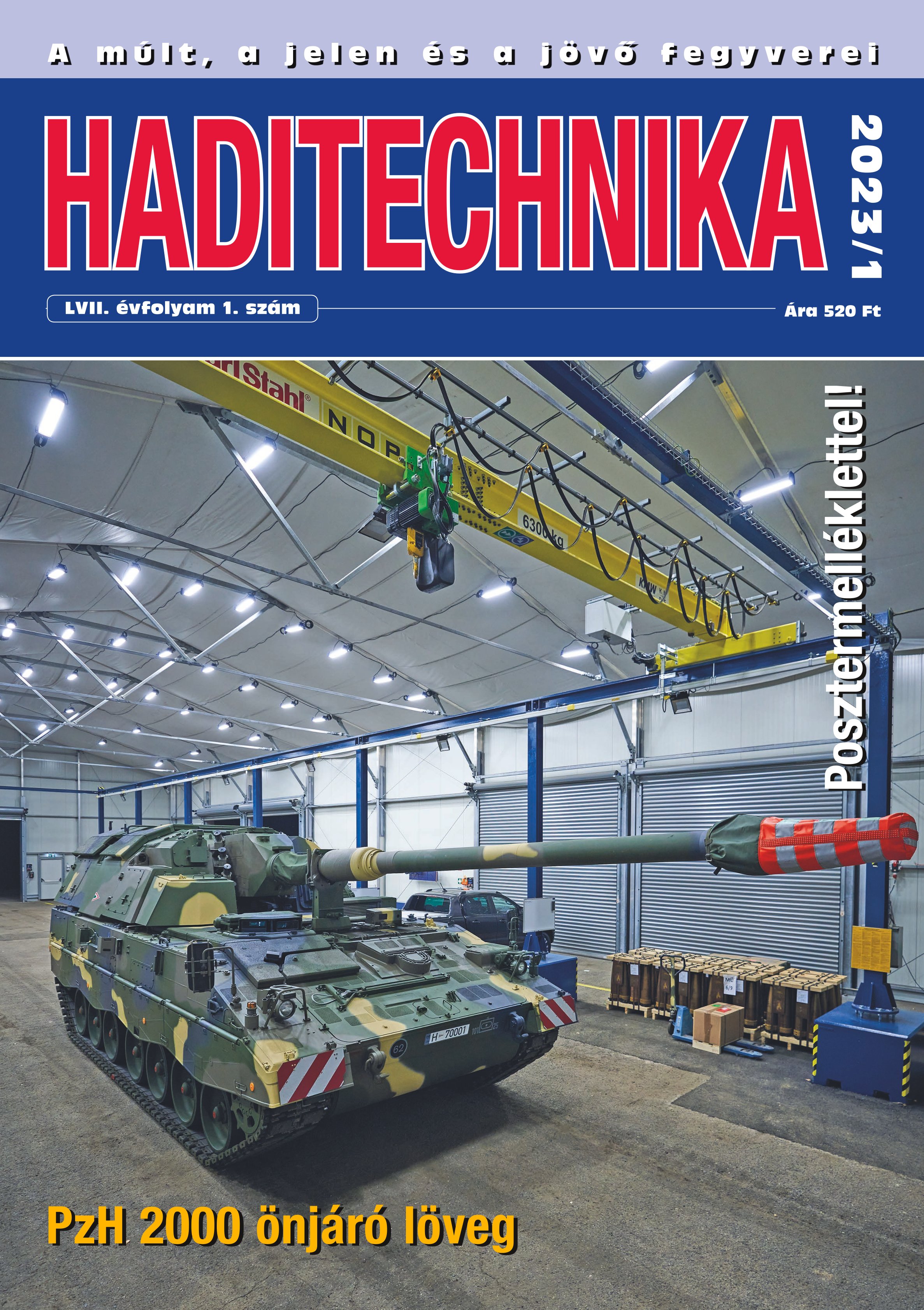Nowadays nuclear threat
DOI:
https://doi.org/10.23713/HT.57.1.04Keywords:
Nuclear Weapons, Nuclear Proliferation, CBRN DefenseAbstract
Throughout the decades following the Cold War, the threat posed by weapons of mass destruction (WMD) has significantly reduced all around the world. In 1996, the Comprehensive Nuclear-Test-Ban Treaty (CTBT) was adopted by the United Nations General Assembly in New York on 10 September 1996. This international treaty was supposed to prevent further proliferation of nuclear weapons so that the world can rest and no longer has to worry about nuclear weapons. However, this idyllic picture has now radically changed. The nuclear threat is changing and although the number of nuclear weapons has declined globally, the number of nuclear powers has increased since the Cold War, with North Korea having carried out 6 nuclear test explosions since 2006. Nuclear weapons remain a mainstay of nuclear powers’ national security strategies, its deterrent value is undisputed for the future.
The proliferation of nuclear weapons has highlighted the fragility of the security guarantees provided by international non-proliferation treaties. With the denunciation of the Intermediate-Range Nuclear Forces (INF) Treaty, a new nuclear arms race is emerging. There is therefore a need to reassess the nuclear threat and identify new types of threats.






